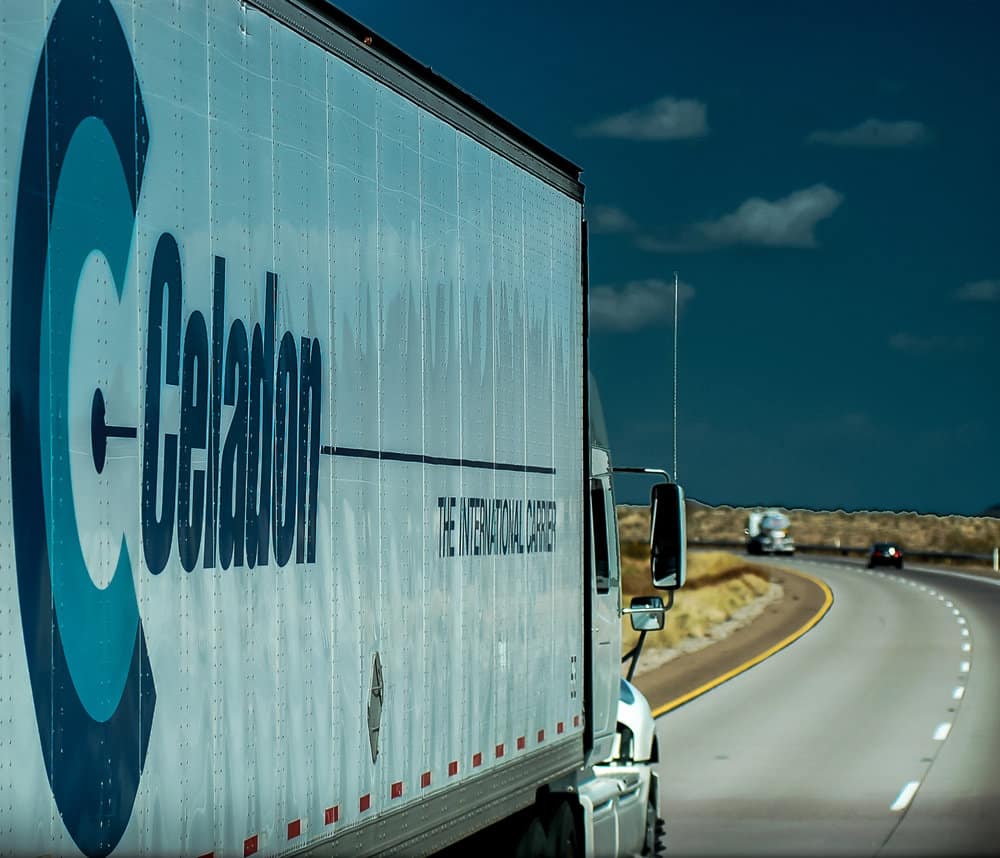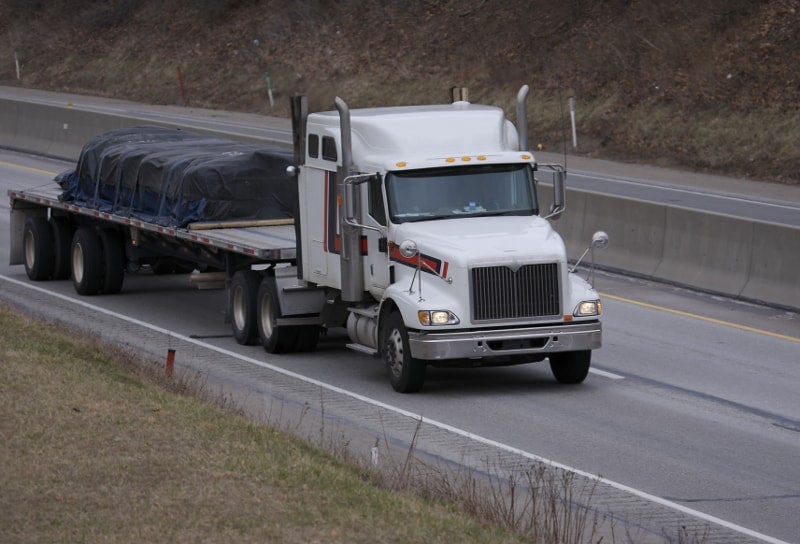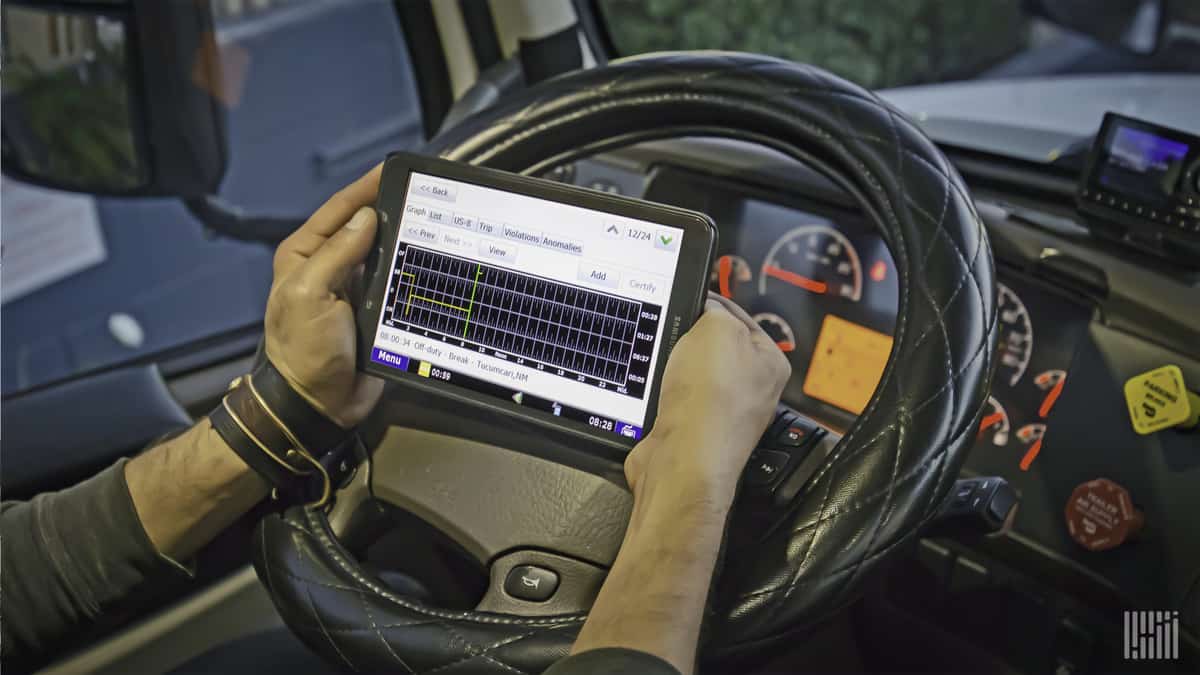It is the last day of 2019, and for many in the trucking industry the end of this year could not come fast enough. To say it was a “tough year” or a “trying year” probably doesn’t quite describe 2019. While every year brings change – both good and bad – the bad was clearly in the driver’s seat in 2019.
Based on FreightWaves’ readers’ interest, the top articles of the year generated five key trucking issues of 2019. This article outlines those key trucking industry trends that dominated the year.
While 2019 was not an easy year, the entire FreightWaves staff hopes that the industry has a much better 2020!

Trucking failures
Trucking bankruptcies and failures dominated the headlines in 2019. After expanding their fleets to chase rates in 2018, many fleets felt the pain as too many trucks were chasing too little freight in 2019.
The largest casualty was Celadon, which declared bankruptcy in early December. The 2,695-truck fleet had struggled because of an accounting scandal in 2016. The company’s stock had been delisted from the New York Stock Exchange and was trading at $0.60 a share a week before its bankruptcy filing. A chaotic weekend was made a bit smoother by the reaction of rivals that rushed to assist stranded drivers with transportation home and employment opportunities.
The first major fleet to fall in 2019 was New England Motor Freight (NEMF) in February. NEMF was the 19th-largest less-than-truckload fleet in the U.S. The company cited “onerous contracts” with several large shippers, including Amazon, as a primary reason for its bankruptcy filing.
The most chaotic closure was Falcon Transport in April. The private equity-backed carrier left hundreds of drivers stranded. The only pre-closure warnings were messages on Facebook and YouTube notifying employees the carrier was shutting down operations immediately.
Several other private equity-backed trucking companies were hit hard in 2019. In August HVH Transportation, backed by HCI Equity Partners, abruptly shut down. This was followed a month later by Cold Carriers, backed by KJM. Both fleets operated over 300 trucks each.
In addition to a soft freight market, carriers that shut down also cited carbon emissions and insurance rates as reasons why they had to shut down.

Freight recession in the first half of 2019
Too many trucks chasing not enough freight is the simplest way to describe the 2019 trucking market. FreightWaves called this in May with Conditions for fleets are deteriorating and it will get bloody. This was written when outbound tendered load volumes dipped below 2018 peak levels for the first time.
Outbound tendered load volumes did recover in late July and have been positive year-over-year almost every week throughout the second half of 2019. However, even with strengthening demand, over-capacity is an ongoing struggle for trucking companies and freight brokers. Operating ratios have been in the high 90s all year, according to carriers in the TCA benchmarking program. So, FreightWaves went a step further to pinpoint why 2019 has been the worst year for trucking operators.

(Photo credit: Jim Allen/FreightWaves)
Digital freight brokerages
Well-capitalized digital freight brokerages, which aim to automate matching loads to trucks and tracking shipments, continued to make headlines in 2019. Amazon entered the space in stealth-mode with a web portal that automatically generated rates for lanes in five mid-Atlantic states. Because Amazon is using the tool primarily to fill backhauls on its own trailers, the e-commerce giant is able to quote rates to shippers significantly below the market.
Meanwhile, Uber Freight doubled-down on its operations, expanding into Canada, Germany, the Netherlands and Poland this year. It also announced that its global headquarters would move from San Francisco to Chicago, marking the transition from technology startup to mature logistics organization.
Convoy, the second-largest digital freight brokerage, released new products, improved its automation, and raised a $400 million Series D round, enough money to fuel rapid growth through the rest of the down-cycle and beyond.
In response to the sector’s eye-popping valuations and steep losses, FreightWaves’ Freight Intel research unit conducted a study of digital freight brokerages’ total addressable market, likely gross margins going forward, and valuations on the whole space, based on public market comparables.

Nuclear verdicts
There were several blockbuster nuclear verdict cases (defined as jury awards in excess of $10 million) in 2019, including the biggest jury verdict ever handed down against a trucking company. It was a $280 million verdict against Schnitzer Southeast and Schnitzer Steel (SCHN) stemming from a collision between one of the company’s trucks with an SUV carrying a family of five in Russell County, Alabama.
In October, Werner Enterprises (WERN) was hit with a $40.5 million nuclear verdict when a driver – with eight days of experience – crossed four lanes of traffic and a concrete median hitting a car head-on and killing a woman in New Mexico. The prosecution cited inadequate operations and training programs by Werner for its student drivers.
Country Wide RV Transport (CMRV), which hauled RVs for Camping World (CWH), was forced to shut down after a driver fell asleep at the wheel and killed a husband and wife. The jury awarded the children of the victims $26.6 million in a wrongful death lawsuit in Denver, Colorado.
In May, a $75 million punitive damage award against the owners of a small south Texas trucking operation was intended as a warning about overworking drivers. The driver sued his employer for pressuring him to break his hours of service (HOS) limits. The driver fell asleep during the trip, crashed into the back of another 18-wheeler, and suffered major injuries.

Trucking regulations
The regulatory environment in 2019 looks like it will have a lasting impact on trucking well beyond 2020. The final electronic logging device (ELD) implementation date came and went without much drama. Small carriers were hoping for an extension, but were denied in July (Federal Motor Carrier Safety Administration (FMCSA) denies ELD exemption to small trucking companies – again).
The next regulation launches on January 6, 2020, with the U.S. drug clear housing database. This will likely shake out driver capacity in 2020 as the database will require all drivers failing a drug test to be listed for three years. The initial estimates on reducing the pool of qualified drivers ranged from 3% to 10%. But with the surprise announcement that the FMCSA will increase random drug testing from 25% to 50% in 2020, this should accelerate the number of drivers caught with drugs or alcohol in their systems.
The courts will decide the fate of California’s AB5 at some point in the future. Until this time comes and goes the definitions of employees and contractors will be debated by not only the trucking industry, but everyone who participates in the gig economy.










